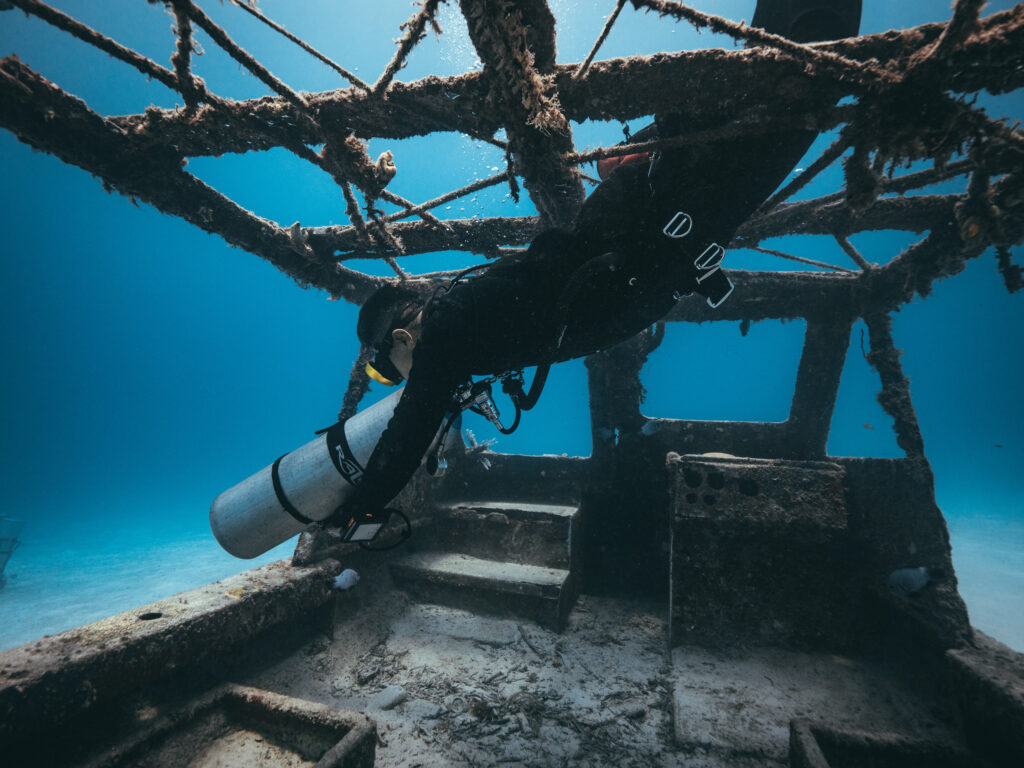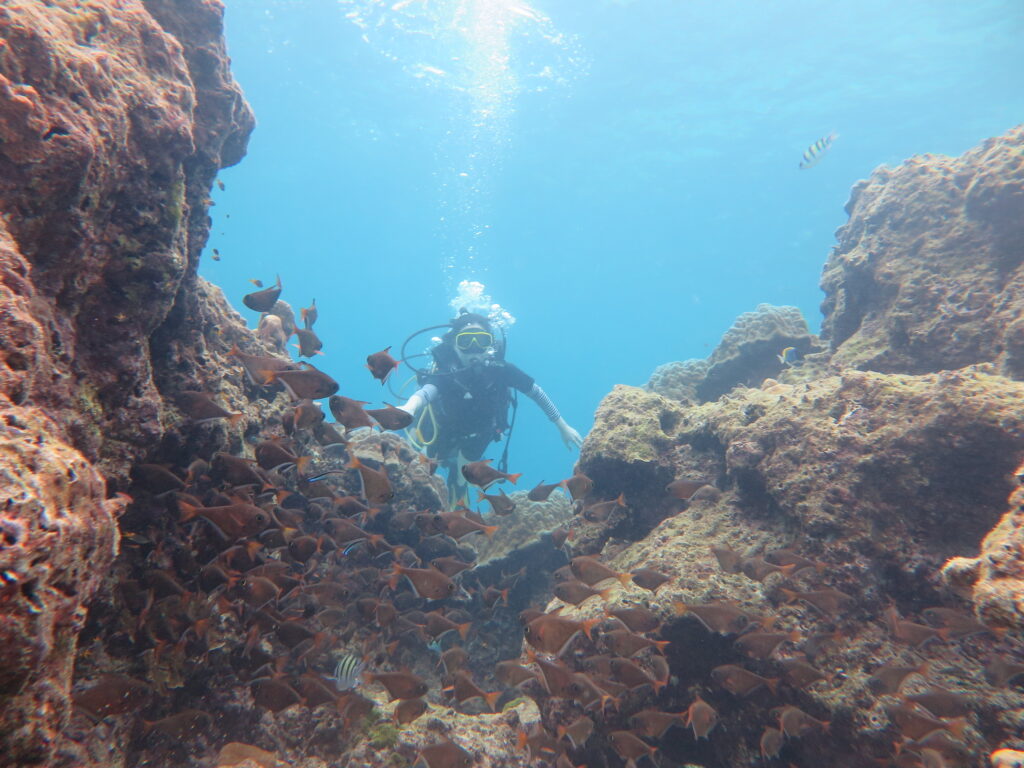What is Carbon Dioxide (CO2)?

What is Carbon Dioxide (CO2)? Carbon dioxide (CO2) is an odorless, tasteless gas that is a natural byproduct of metabolism. This greenhouse gas plays a crucial role in the Earth’s atmosphere, and it is also an essential factor to consider for scuba divers. Exhaled by the lungs, CO2 is a critical aspect of scuba diving, […]
What is Buoyancy Control?

What is Buoyancy Control? Buoyancy control is a fundamental skill in scuba diving, essential for both safety and underwater exploration. It enables divers to maintain a constant depth, efficiently ascend and descend in the water column, and effortlessly glide through their surroundings. Mastering buoyancy control requires understanding the principles of buoyancy and applying them to […]
What is a Buddy Line?

What is a Buddy Line? The buddy line, also known as a buddy tether, is a critical piece of scuba diving equipment designed to enhance diver safety and communication. It is a short line, typically between 3 and 6 feet (1 and 2 meters) long, that connects two divers underwater, helping them maintain contact during […]
What is a Buddy Check?

What is a Buddy Check? A buddy check is an essential safety procedure in scuba diving, designed to ensure that both the diver and their dive buddy are fully prepared and equipped for their underwater adventure. This 1000-word entry will provide a comprehensive overview of the buddy check process, its importance, the key steps involved, […]
What is Buddy Breathing?

What is Buddy Breathing? Buddy breathing is a vital emergency procedure in scuba diving that involves the sharing of a single air supply by two or more divers when one diver’s air supply is exhausted or unavailable due to equipment malfunction. This life-saving technique is an essential component of scuba diving training and serves as […]
What is Ascent Rate?

What is Ascent Rate? Ascent rate, a crucial aspect of scuba diving, refers to the speed at which a diver rises to the surface after a dive. It is essential to adhere to recommended ascent rates to minimize the risk of decompression sickness, a potentially life-threatening condition that can result from the formation of gas […]
What is an Alternative Air Source?

An alternative air source is an essential piece of safety equipment for scuba divers. In the event of a primary air supply failure or other emergency situations, an AAS allows the diver to access an additional source of breathing gas, providing crucial time to safely ascend to the surface. By ensuring divers have an alternative air source, the risk of drowning or other serious accidents is significantly reduced.
What is a Weighting System?

What is a Weighting System? A weighting system is an essential component of scuba diving gear that helps divers maintain proper buoyancy, stability, and trim while submerged. The system consists of a set of weights, typically made of lead, that counteract the buoyancy created by diving equipment such as wetsuits, drysuits, and buoyancy control devices […]
What is Thermocline when Diving?

What is Thermocline when Diving? A thermocline is a naturally occurring phenomenon in bodies of water, where two layers of water with distinct temperature differences meet. For scuba divers, understanding and navigating through thermoclines is essential for a safe and enjoyable diving experience. This entry will discuss the science behind thermoclines, their impact on marine […]
What is a Check-Out Dive?

What is a Check-Out Dive? Check-out dives are the final step in the journey to becoming a certified scuba diver, an essential component of the learning process. They take place outside of the controlled environment of a pool, allowing divers to demonstrate their mastery of core scuba skills in a real-world setting. Check-out dives are […]
